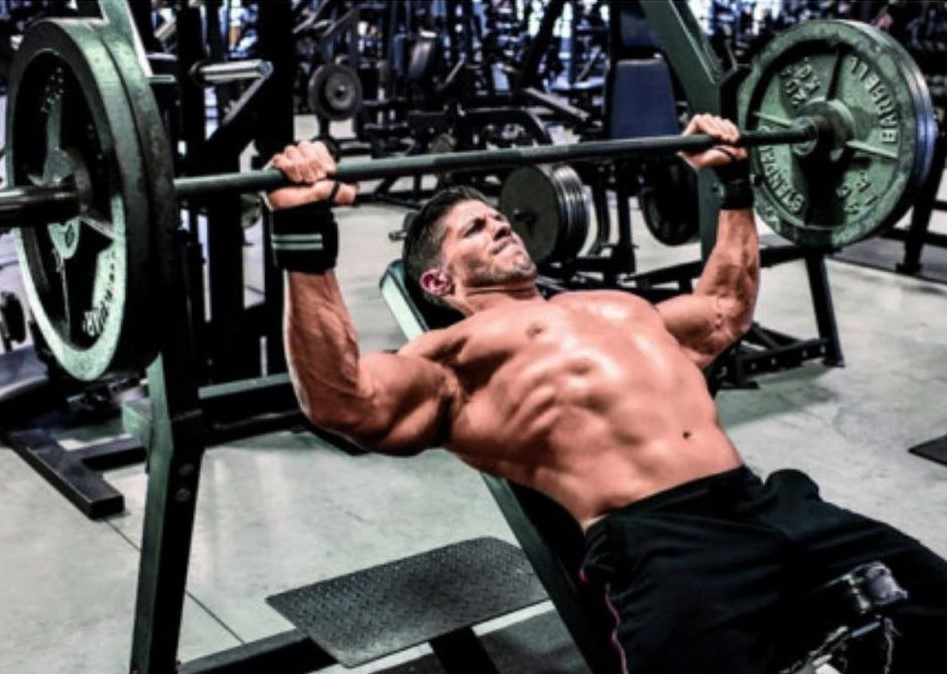Bench Press

Sports therapy isn’t just about treating injuries with massage. It is also about teaching how to prevent performance limiting injuries through correct technique and posture, so that the client can continue to reach their goals, and become fitter and stronger. This “Gains without Pains” series of posts will take common exercises done in the gym and look at correct posture and technique in order to reduce the risk of injury.
BENCH PRESS
BENEFITS:-
• Targets the chest muscles with maximum load, increasing strength and upper body mass
COMMON MISTAKES:-
• Excessive flaring of the elbows – leads to inefficient bench press and increased risk of injury due to extra stress on the shoulders resulting from poor scapular retraction
• Relaxed wrists - can reduce pressing strength and power and lead to wrist pain
• Bar hits the chest too high – (possibly due to flared elbows)makes stacking the joints difficult and the pec major won’t be as engaged
• Incorrect grip width – will vary according to shoulder/chest width , too narrow a width causes stress to the lateral wrists, and too wide can reduce power (grip will be slightly different if a competitive lifter)
• Protracting the scapula – pulling back the scapula is important to protect the shoulders while moving weight, and ensure synonymous reps. If you internally rotate the shoulders at the top of the press then you are probably protracting the scapula.
• Relaxed feet - The feet help to create a strong base for bench pressing and if they move or lift off the ground, they may cause some stalling during reps
• Bum/hips raising off the bench – the hips rising usually demonstrate a need for more power so the weight may be too heavy. This can force the lumbar spine into excessive loaded extension which increases injury risk, and may contradict the goal of strengthening the upper body.
• Bouncing the bar off the chest – can cause a bruised feeling on the chest bone due to lowering the bar too quickly instead of absorbing the force through the muscle. This can cause loss of upper back tightness, thus reducing power.
GOOD TECHNIQUE:-
• start with a 45 degree elbow tuck then make adjustments according to comfort level
• try to sit the barbell in the meat of the hands so it sits over the elbow joint at the bottom of the movement
• aim the bar towards the bottom of the pecs/sternum to allow the elbows to align correctly
• start with grip width where the wrist is directly over the elbow at the bottom of the press,usually slightly wider than the shoulders.
• keep the scapula retracted throughout and avoid the shoulders coming off the bench to ensure effective movement of weight
• foot position will be personal preference and may vary in competitive lifting as the heel may or may not be allowed to lift off the ground
• A mildly arched back is okay as long as the hips don’t rise off the bench. If they do then other points of contact ie. the feet and the upper body positions should be checked
• Everyone has their own lifting style, intensity etc but aiming to lower the bar for 3 seconds as a starting point may help to gain some control.
